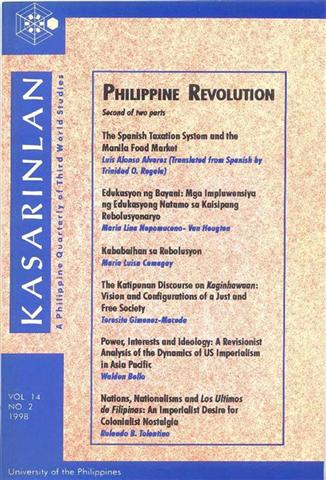The Spanish Taxation System and the Manila Food Market: Implications of an Early Commercialized Economy
Abstract
Before the Spanish conquest, Filipinos thrived on a system of mere subsistence. The Spaniards realized that in order for them to effectively maintain control of the colony they must improve the production of food and resources in the islands. To do this, the Spaniards instituted revenue-generating measures such as systematic taxation and compulsory sale of agricultural products to the colonial government. Later, having been introduced to better farming equipment, the natives were able to practice a more intensive form of agriculture that enabled them to sell to Chinese traders at higher market prices and fulfill their tax requirements. The 16th century galleon trade and a war against the Dutch, both of which required a vast array of construction materials and manpower, put an enormous strain on food and supply requirements and prompted colonial authorities to implement more coercive taxation and forced labor. By the 17th century, a survey of Manila provisions revealed growing mercantilism and a stable food supply owed to improved trading and surplus from trade and friar farmlands. No longer dependent on galleon trade, new patterns of consumption, foreign demand for agrarian resources and a legitimate labor market at the beginning of the 19th century signaled the era of modernization and growth for the Philippine economy.
Published
2009-07-24
Section
Features
By submitting a manuscript, the authors agree that the exclusive rights to reproduce and distribute the article have been given to the Third World Studies Center.



